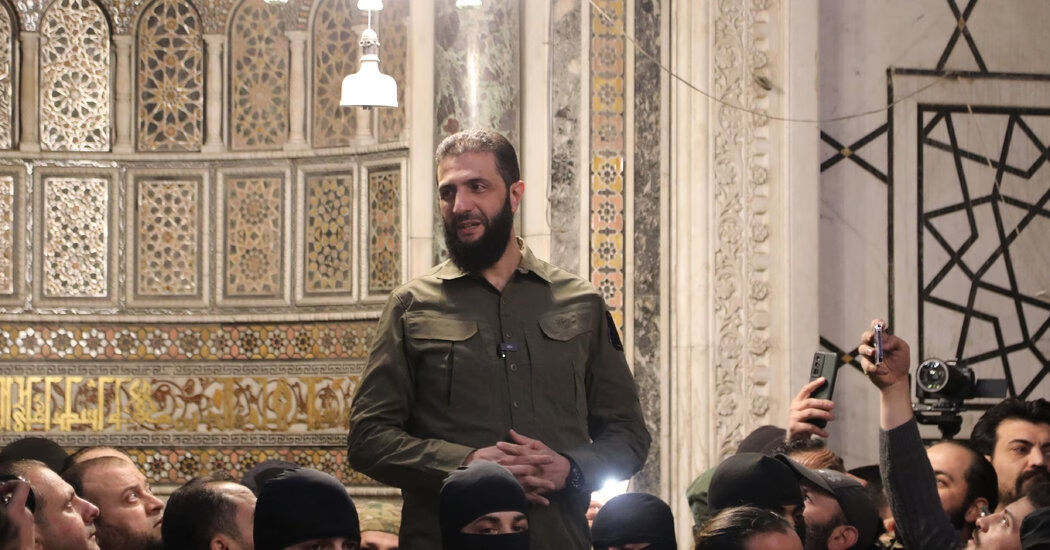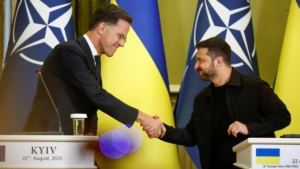As the leader of a rebel group allied with Al Qaeda during Syria’s civil war, Abu Mohammed al-Jolani welcomed foreign jihadists, dispatched suicide bombers, and vowed to create an Islamic state. He later renounced Al Qaeda and became Syria’s president after ousting Bashar al-Assad in December. He has traded his military attire for suits and is attempting to convince foreign leaders and Syrians that he can rebuild and lead the country towards democracy. Many Syrians, exhausted from years of war, will support any improvement over the previous regime. However, critics question his genuine beliefs and commitment to democracy due to his Islamist past. His interim government is currently conducting national dialogue to establish the country’s future, but key groups, including the U.S.-backed Kurdish militia, have not been invited. The U.S. and other countries still classify him as a terrorist, hindering financial aid and international recognition. His challenges include unifying Syria’s many militias into a national army, addressing the aftermath of the war, and appeasing foreign and domestic concerns on issues like drug exports, violent jihadists, and minority rights.
Source: https://www.nytimes.com/2025/02/25/world/middleeast/syria-president-ahmed-al-shara.html





